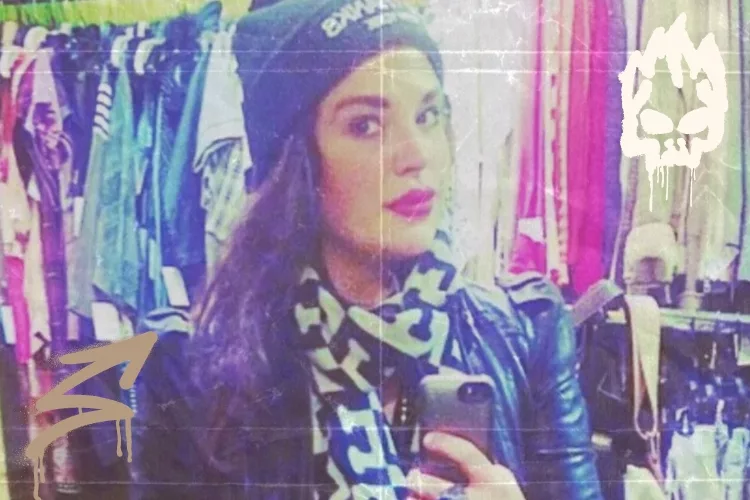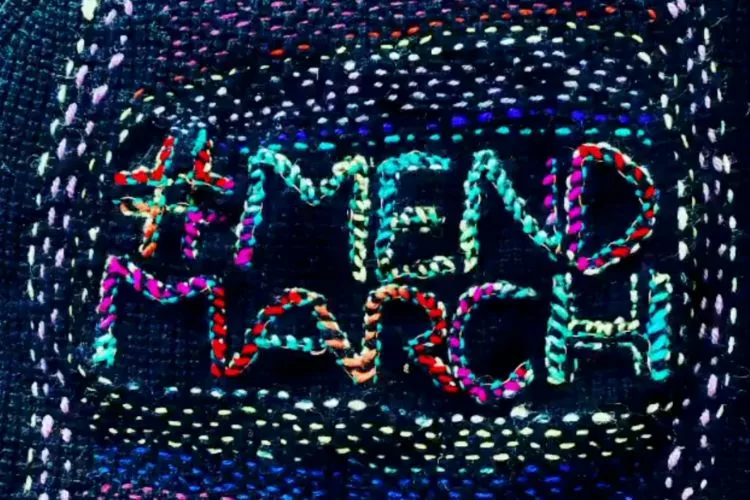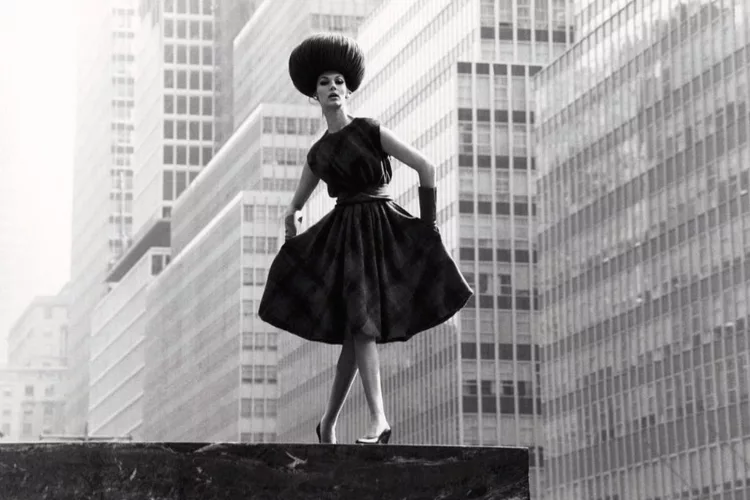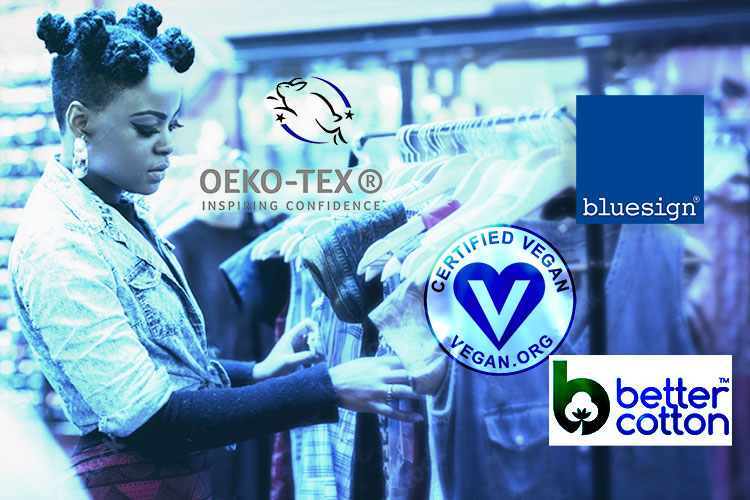five takeaways from the New York Times Climate Forward Conversation
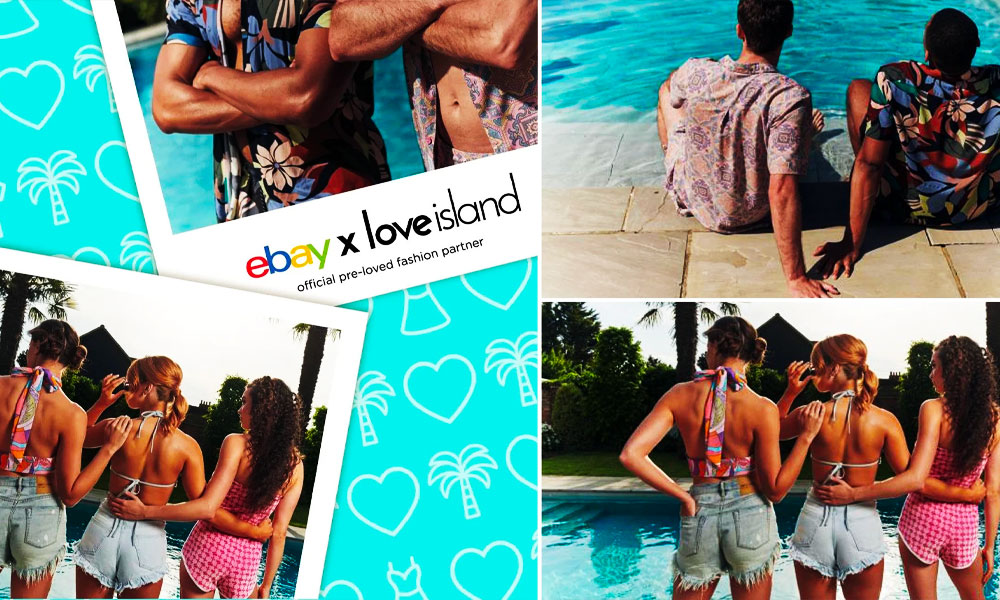
You may have heard of Love Island, the wildly popular UK reality series where painfully attractive contestants spend the summer in a lavish villa to embark on a summer of dating, romance, and sometimes, even relationships. The show headed into its seventh season this summer, and though the story lines remained much the same, one thing was different. In the previous seasons, the show’s partnership with fast fashion giant I Saw It First meant that contestants were often featured on the show wearing garments from the Boohoo-owned brand. A testament to how powerful product placement can be, the company saw a 67 percent increase in sales when their clothes first appeared on the show, and a 254 percent increase in Instagram followers. This summer, the show surprised viewers when they ditched the dirt-cheap duds in favor of second-hand garments from Ebay. The hope is that upon seeing the housemates in pre-loved pieces, audiences will be inspired to add a few second-hand items to their own wardrobes, and also think about where their own clothes can go once they’ve tired of them.
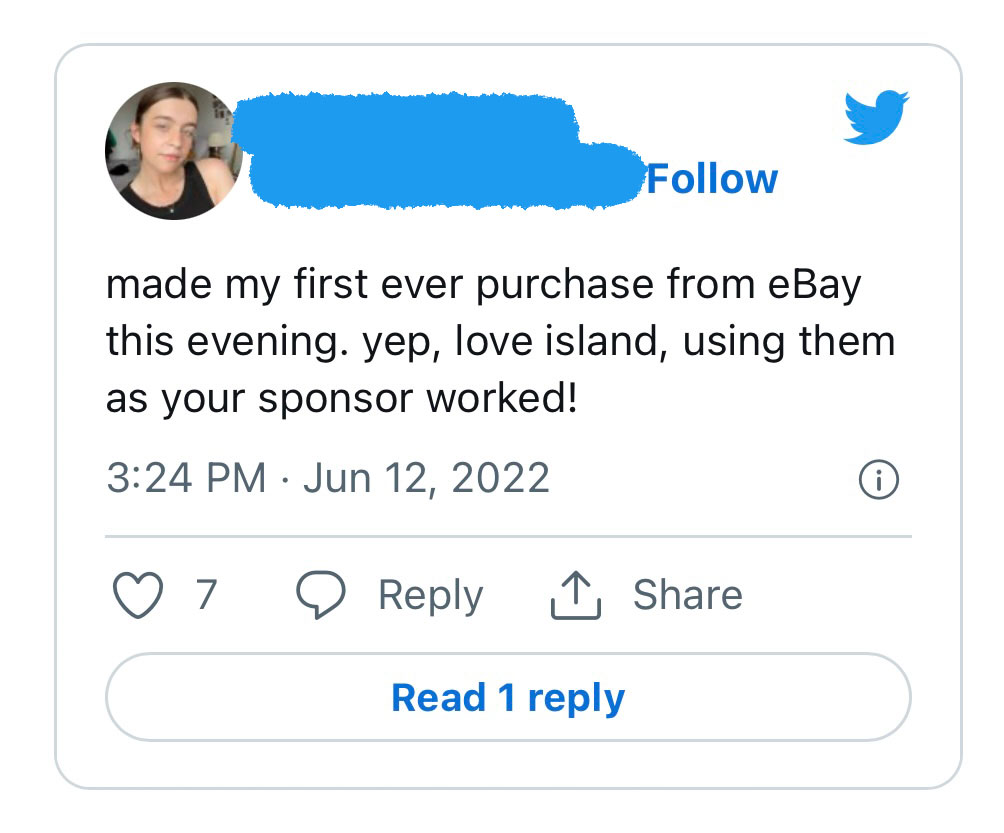
One such Islander, model and scholar Brett Staniland, joined New York Times fashion director Vanessa Friedman, OR Foundation Program Manager Chloe Assam, and environmental / social brand strategist Shaway Yeh for a conversation as part of the NYT Climate Forward Series, wherein the four discussed the question of whether influencers can persuade us to consume less. The group touched on a number of really important issues – here are some of the things we learned.
The Fashion Industry Is More Than Designers
When we hear the word “fashion,” most of us think of designers or models or magazines. But there are lots of other players in the fashion game, and innovation these days requires not just a good eye but full knowledge of what goes into clothes and how they’re made. Designers at the cutting edge are working with outside experts to create or even grow new materials that are more sustainable and earth-friendly than traditional textiles. (Think mushroom leather, or No Kill darling regenerative nylon) Scientists, chemists, agronomists, and industrial designers are just as forward-focused as Anna Wintour, and collaboration with them is what fashion designers need to do if the industry has any hope of cleaning up its act.
Demonize Disposable, Not Affordable
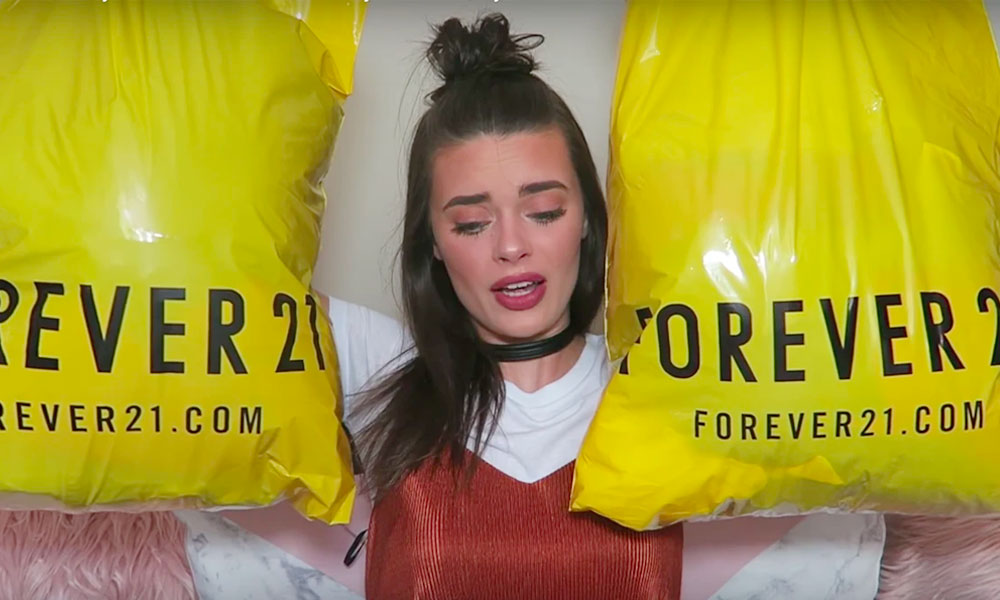
Proponents of fast fashion respond to its critics by claiming we want to deny the poor nice clothes. Fast fashion, they argue, has brought hot new looks to the masses in real time at a price they can afford. But the truth is that the industry survives by generating churn from the relatively affluent–people with enough disposable income to buy lots of new, disposable clothes regularly. Fast-fashion hauls and try-ons are some of the most popular social media content, and many of these outfits live on Tiktok for a few minutes, then go straight to the back of the closet–or worse, the landfill. Influencers often mimic the brands they popularize–looking for a quick buck without thinking about the long-term consequences of their actions. This is unacceptable, obviously – but confusing affordable with disposable isn’t going to get us anywhere, because the reality is everyone should have access to well-made fashion that they love and cherish for years.
Gen-Z Won’t Save Us All
Gen-Z probably knows and cares the most about the climate crisis, but it’s also the biggest target market for fast fashion. So it’s essential to continue to educate young people about the fashion industry’s contribution to environmental destruction. To be sure, they’re doing better than their elders on this front–for example, by embracing thrift and swap culture. Other generations need to do more, both in terms of changing their own behavior and practices in the industry at large. To put the onus on Gen-Z entirely is both unfair and unhelpful, because whether we like it or not, we all have a role to play in the climate change challenge.
Influencers Can Be Influenced
Influencers constitute a crucial link in the fashion chain these days, and the panelists were unanimous in arguing that they need to be regulated (if only to increase transparency and precent deception and misinformation). But even more, influencers need to be educated. The development of a broader eco-conscious culture makes it easier for people to promote sustainable fashion successfully. An internet personality promoting vintage, thrift and swaps, for example, is going to have an easier time of it in New York or London than Shanghai or Mumbai, where the ground hasn’t yet been prepared.
Digital Creators Need to Get Creative

The most common way to support sustainable fashion today is by buying second-hand or sustainably made clothes. This creates and develops markets and supply chains that support good people doing good things. Another, less effective way is by trying to shame the big fast-fashion brands. This doesn’t work because those companies have no shame. But engagement with responsible fashion shouldn’t stop there. More energy and creativity needs to be put into telling positive stories, not just negative ones. It’s crucial, in other words, to promote sustainable fashion practices in words and images as well as purchases, helping to convert a broader public to the exciting things happening and the great opportunities opening up.
–steph lawson
RELATED ARTICLES
To Fix Fashion We All Need to Get in The Game
Influencers Need to Stop Fast Fashion Hauls
Our Favorite Fashion Influencers


